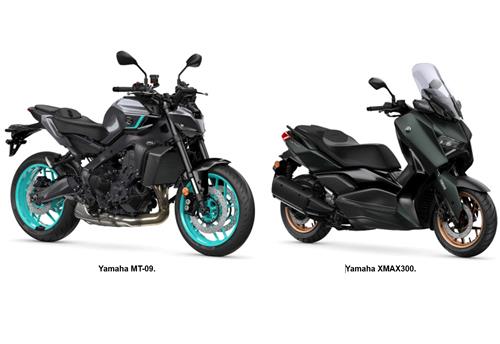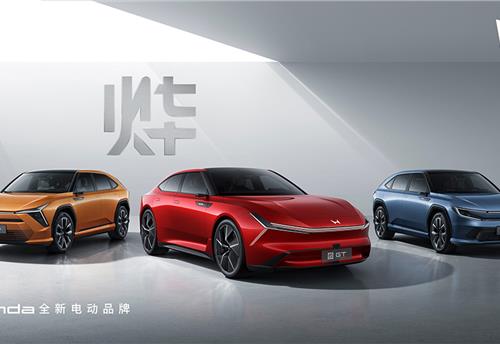Paris debut for Renault’s tech-laden Eolab Concept with ultra-low fuel consumption: 1 litre per 100km!
French carmaker has announced EOLAB – an environmental prototype with nearly 100 technological innovations designed to deliver ultra-low fuel consumption, of one litre per one hundred kilometres
French carmaker has announced EOLAB – an environmental prototype with nearly 100 technological innovations designed to deliver ultra-low fuel consumption, of one litre per one hundred kilometres, whilst maintaining established B-segment levels of performance, practicality and affordability.
Scheduled to have its World Premiere at the 2014 Paris Motor Show on 2 October, EOLAB not only previews innovative technology that is destined to be introduced on production Renaults from now until 2020 but also the vision of such a realistic and affordable B-segment car that will appear within 10 years.
EOLAB, which takes its name from combining the name of ‘Aeolous’ – god and ruler of the winds in Greek mythology, and ‘Laboratory’ – is capable of achieving 1l/100km (282mpg) and 22g/km CO2 emissions on the official NEDC cycle.
To achieve such low figures, the designers focused their efforts on three main areas: minimising weight, refining aerodynamics and using Z.E. Hybrid technology for all, a brand new initiative which permits zero emissions* motoring during everyday use.
As an innovative showcase with an environmental core, EOLAB includes a very high number of technological advances that are destined to be carried over gradually to vehicles available in the showroom. As a consequence, EOLAB underlines the undertaking of Renault – already a pioneer in the field of zero-emission mobility thanks to its range of electric vehicles – to take even greater steps to produce affordable models that have an increasingly smaller carbon footprint.
Renault says the purpose of EOLAB is to remain true to the company’s DNA by ensuring that ultra-low fuel consumption becomes a reality for as many people as possible. This in turn means making its technologies available at a price that people can afford. EOLAB features materials such as magnesium and aluminium, which are extremely light and also much cheaper than titanium.
EOLAB is much more than just a styling exercise or a mere shop window. Conceived around a B-segment platform, the prototype incorporates around 100 new, realistic technological developments that are designed to be introduced gradually on upcoming Renault vehicles.
EOLAB’s recipe
The EOLAB prototype’s exceptional fuel economy – namely 1 litre/100km – is the fruit of work on three main fronts: refined aerodynamics, weight saving and Z.E. Hybrid technology (petrol/electricity):
- The car’s shape was designed to slice through air efficiently, while movable devices such as an active spoiler and lateral vanes perform the same way as ailerons.
- A weight saving programme brought the car’s mass down 400kg, thanks in particular to a multi-material body shell combining steel, aluminium and composites, as well as a remarkable magnesium roof that tips the scales at barely 4kg. Saving weight was a virtuous circle since it enabled the size, and therefore the cost of the prototype’s chief assemblies (engine, battery, wheels, brakes, etc.) to be kept low, thereby financing the decision to employ certain more costly materials;
- Z.E. Hybrid technology: this new, compact and affordable hybrid power unit combines ultra-low fuel consumption with zero-emission mobility* for journeys of less than 60km and at speeds of up to 120kph. In coming years, Z.E. Hybrid technology will become complementary to Renault’s zero-emission* electric vehicle range.
For the EOLAB, Renault worked in collaborative innovation with French automotive industry partners like car glass manufacturer Saint-Gobain, seat supplier Faurecia, tyre company Michelin and Continental (brake system). Renault also worked closely with major partners like the Korean company Posco (magnesium components).
EOLAB: Overview
Around 100 new, realistic technological developments designed to be introduced gradually on new production Renaults from now until 2020
Aerodynamics of 0.235 Cd (30 per cent less than equivalent Clio)
Active ride height: Access mode, Urban mode and Extra-Urban mode
Active wheels – react to brake temperature to maximise Cd
Active front spoiler
Active rear flaps
Weight savings across the entire vehicle (400kg over equivalent Clio)
Asymmetric 3-door layout
Compact revised brakes – no master cylinder & all systems integrated into one small lightweight unit
Narrow 145/45R17 Michelin ultra-low consumption tyres
Ultra-thin windscreen glass (3mm) – saves 2.6kg
Thinner interior trim & lighter plastics containing air bubbles
Optimised seat structures – save 12kg and 30mm in car length
Lightweight dashboard cross member
Lighter running gear – steel to aluminium
Magnesium roof weighs just 4.5kg
Brakes are 14.5kg lighter but retain the same braking efficiency
Fixed bonnet gains 2.5kg
LED front lights
Lithium –ion battery
Compact centre-exit exhaust system to save weight
100% Renault Z.E. Hybrid powertrain
1.0-litre 3-cylinder 75hp SCe petrol engine
400V, 6.7 kWh battery with 66km range
Innovative patented clutchless 3-gear transmission
Human Machine Interface – connectivity and real-time eco-driving information
RELATED ARTICLES
Hyundai and carbon fibre specialist Toray to develop lightweight, high-strength materials
Partnership aims to secure capabilities to develop lightweight and high-strength materials for environmentally friendly ...
Yamaha wins Red Dot product design awards for MT-09 and XMAX 300
The latest awards mark the 13th year in a row – every year since 2012 – that a Yamaha Motor product has received a Red D...
Honda reveals new Ye series of EVs for China
A second set of Ye EVs will be revealed in the coming months, completing the six-car line-up for China.





 18 Sep 2014
18 Sep 2014
 2743 Views
2743 Views




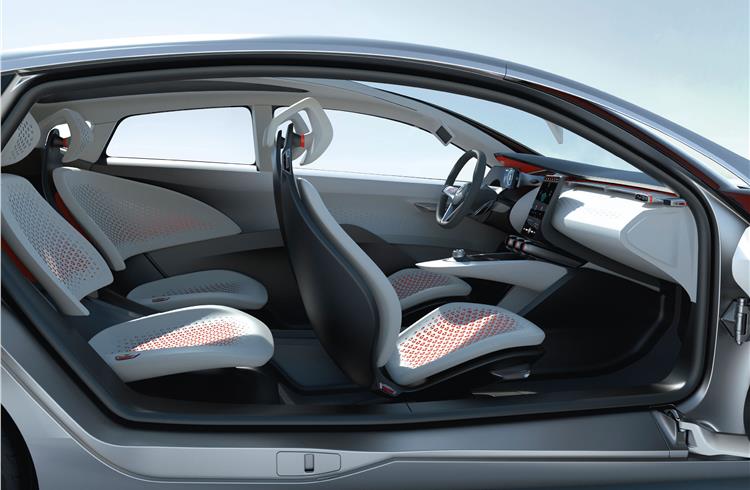



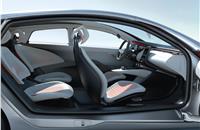
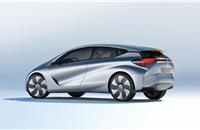

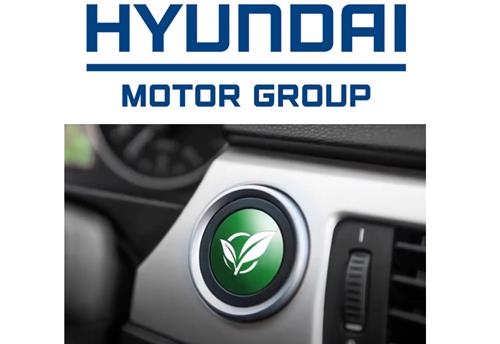
 Autocar Pro News Desk
Autocar Pro News Desk

